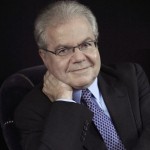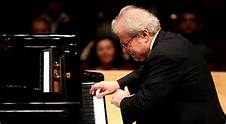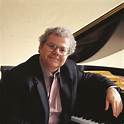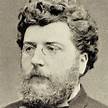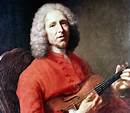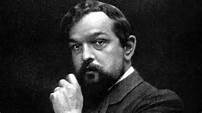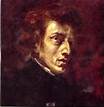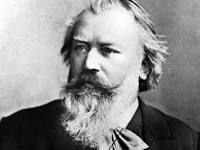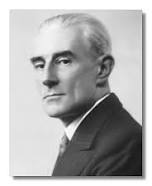SPECTACULAR CHAMBER CONCERT @ THE LEGION
The Gunn Theater in the Palace of the Legion of Honor Museum was the site for a magnificent performance, Dec. 3. 2023. Gunn Theater holds three hundred and sixteen in a jewel box setting. The San Francisco Symphony presents chamber music concerts there through the season always featuring outstanding musicians. The music selections are usually something different, something new even if, as in this program, the music is very old.
The program was all trios; two by Bach and one by Schubert. Anton Nel was the harpsichordist for the Sonata No. 3 in E major for Violin and Harpsichord, BWV 1016 and the Sonata No. 3 in G minor for Viola da Gamba and Harpsichord, BWV 1029. Alexander Barantschik, Concertmaster of the SF Symphony, was the violinist who leads the music in this Sonata. It was an audio treat to hear the harpsichord, especially as the Gunn Theater is far smaller than the Davies Hall. It awakens a different way to listen for the notes. In the Sonata No. 3 in E major the violin opens the experience with an expressive sound that seems to reach across broad vistas. It is followed by a delightful, light Allegro as though accessible to young people or even presented for the folk instead of the elite. Bach goes back to an Adagio – ma non tanto (but not too much)– which opens into keys unusual in a Bach sonata; that’s the new in the old. At the end, Bach allows the sound more energy and, as though on the brink of cliff, the music sweeps through the air on a lift off of counterpoint. Barantschik presented a marvelous touch from the elegance of the first Adagio to the delicacy of the second movement to the energy and reach of the finale.
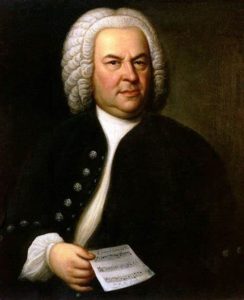 Johann Sebastian Bach, composer (1685-1750)
Johann Sebastian Bach, composer (1685-1750)
In the Sonata No. 3 in G minor for Viola da Gamba and Harpsichord, BWV. Peter Wyrick played the cello, and demonstrated that the Viola da Gamba has a higher pitched string than the cello so he added a string to his cello. It gave the audience the feeling that they could notice how he bowed diagonally to make the higher sound. This trio was livelier than the one in E major. The playing of the harpsichord and cello was a pleasing sound as the two sound sources found places to alternate or reach over each other’s music. The three movements ranged from Vivace to Adagio to an exciting Allegro conclusion. Did you think that Bach could not be exciting? Listen to these elegant and totally innovative pieces; you will have an exciting surprise.
The trio included Alexander Barantschik, Concertmaster of the SF Symphony, on the Naoum Blinder Chair, Violin. He has been concertmaster of the London and Bamberg Symphony Orchestras, the Netherlands Radio Philharmonic. He was concertmaster for major symphonic cycles with Michael Tilson Thomas, Rostropovich, and Bernard Haitink.
Peter Wyrick, ’cellist on the Lyman & Carol Casey Second Century Chair, served as Associate Principal Cello, 2022-2023. Previously, he was principal cello of New York’s Mostly Mozart Orchestra and associate principal cello of the New York City Opera. His chamber music collaborations include Yo -Yo Ma, Joshua Bell, Yefim Bronfman, Jean-Yves Thibaudet.
Anton Nel, pianist, has an active performing life having performed with the Cleveland, Orchestra, Chicago , Dallas, and Seattle Symphonies as well as international venues such as Wigmore Hall, the Concertgebouw, Suntory Hall, and in China, Korea, and South Africa, his home. He holds the Joe R. and Teresa Lozano Long Endowed Chair at the University of Texas at Austin. In summers he is at the Aspen Festival and School and the Ravinia Festival and its Steans Institute.
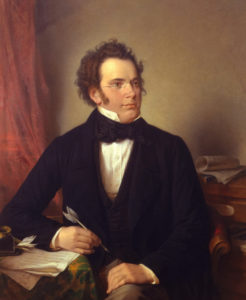 Franz Schubert, composer, 1797-1828) (posthumous painting by Rieder, 1875)
Franz Schubert, composer, 1797-1828) (posthumous painting by Rieder, 1875)
Franz Schubert’s remarkable Piano Trio No. 1 in B-flat major, D. 898 is a soaring, gorgeous forty minute long sail to happiness. I know that art connoisseurs are suspicious of happiness and beauty, but this is art of a different species. Schubert’s genius is above it all. When he wrote this music, he was thirty years old. He had only one year more to live and to create music that is essential for us, two hundred and twenty-six years later.
From the opening Allegro moderato, Schubert shows his originality by playing with the sonata form. He writes in “wrong keys” several times. It is a gentle wake up call to the listeners, “do not let the beauty lull you so much that you will miss the floating sensation and the changing scenery of sound. The composer, Robert Schumann, was especially taken by the first movement as “graceful and virginal.” The second movement, Andante, is slower, and this writer must use the term that pops up in others’ descriptions; it is dreamlike. And yet, this dream is not one for sleep or inactivity. It carries us along on a breath as though riding on a kite through a forest. The Scherzo offers surprise musical changes keeping the listeners just enough off balance to laugh at ourselves. Schubert closes with a Rondo: Allegro vivace. It leads our imaginations and memories to cherish the moment, so lovely but never lasting. Schubert was aware that he was terribly ill. He still shared joy.
This threesome will perform again at the Gunn on Jan. 28. That concert is sold out, but it is worth it to see if someone seeking snow goes to Tahoe. There is another concert on June 2 with the same noble artists, music by Mozart, R. Strauss, and Smetana. It is too good to miss.
